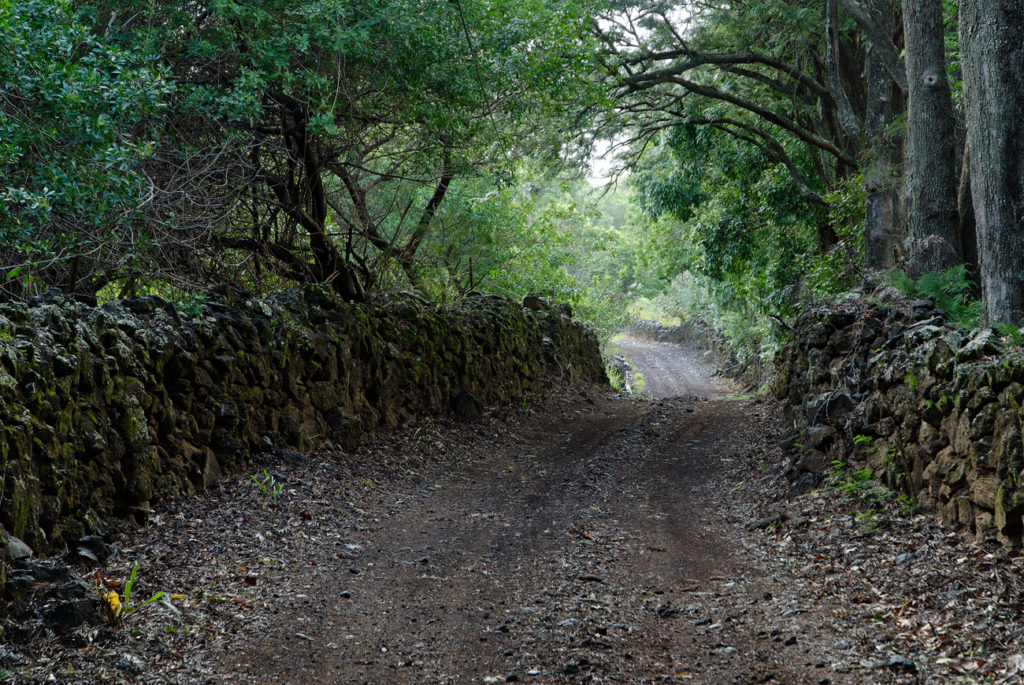
Even today, getting to Kaupo isn’t exactly easy. It takes about 2 to 3 hours from Kahului, the main town on Maui, depending on whether you drive on the nausea-inducing north road through Hana or on the rutted “backside” road through Ulupalakua.
But before the roads to Kaupo were completed in the 1930s-1940s, it was even more difficult. Take Bishop Museum researcher Thomas Maunaupau, who in 1922 spent nearly 5 hours by mule getting to Kaupo from Kipahulu — after a 16-hour ship ride from Honolulu to Hana and an hourlong car ride from Hana to Kipahulu.
However, while it was an arduous journey in the 1800s and early 1900s, surprisingly, there were more ways to get to Kaupo then there are now.
Here were the four main ways to get to Kaupo in the 1800s and early 1900s:
- Via the Kipahulu/Hana trail
- Through the upper Kahikinui trail
- Along the Haleakala Crater trail
- By ship to Nuu Landing and Mokulau Landing
The first three required walking or, more often, riding a mule or horse. The Hana and Kahikinui trails are roads now. But while hikers can still travel through Haleakala Crater to Kaupo, the Crater is now a national park and access is more restricted than in times past. The ships, meanwhile, stopped landing in Kaupo long ago.
All of these routes had their advantages and challenges. The trail from Kipahulu was a fatiguing journey up and down gulches but was a relatively short trip. The path through Ulupalakua and the lava fields of Kahikinui meant traveling through an arid, rocky land. Those who made the horse ride up Haleakala mountain, through the Crater and down Kaupo Gap were mostly adventurous sightseers.Traveling by ship directly to one of the Kaupo landings (Nuu and Mokulau) was perhaps the most relaxing way to get to the area; however, the ships came only once a month.
At its most basic, the starting point of the traveler probably determined which route to take to Kaupo. For cowboys in Makawao, through Haleakala Crater was the fastest way. Those coming from other islands were already traveling by ship and so could continue all the way to Kaupo that way.
Regardless of how they got there, on arriving, most travelers likely felt similar to Maunupau, who described dismounting at his host’s house in Kaupo: “Ua hauoli loa iho la au i ka lele ana iho iluna o ka aina honua paa.” (I was thrilled to get back on solid ground.)
As a final note, apart from the four routes above, there was another trail to Kaupo. In the centuries before Western contact, a path was constructed around the coast of Maui. This trail followed the coastline through Makena and Kahikinui to Kaupo. Based on traditional legends, Hawaiians used this trail extensively. However, it seems to have fallen out of favor by the 1800s and early 1900s. Nevertheless, remains of this trail are still present near the shore at Nuu.